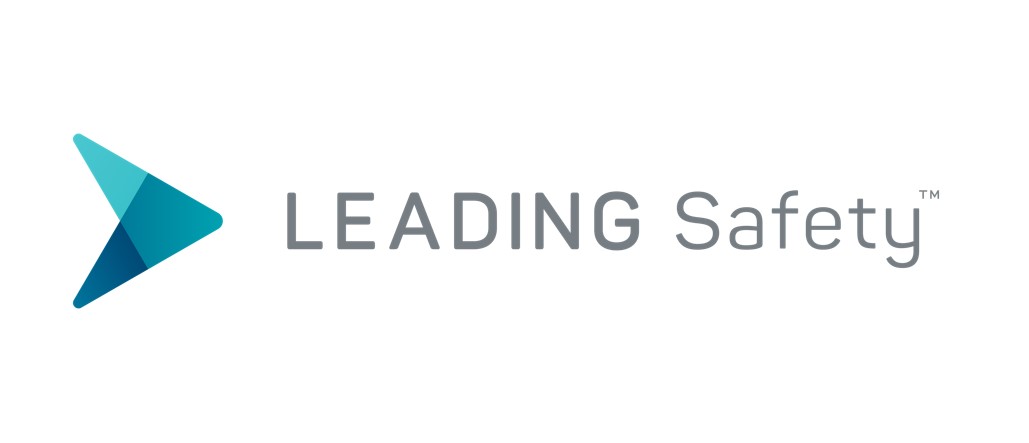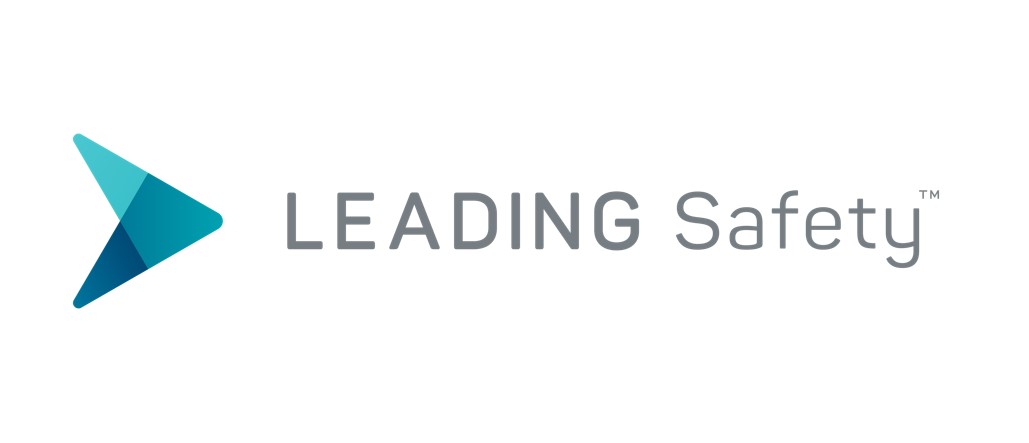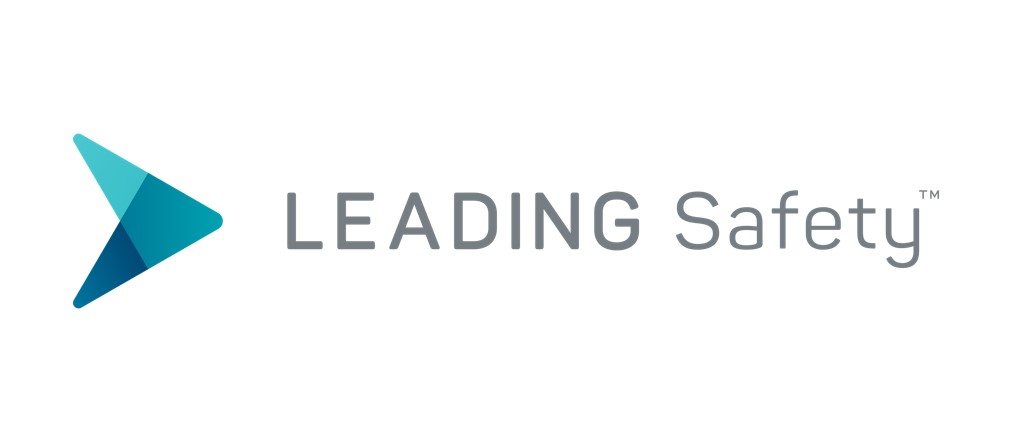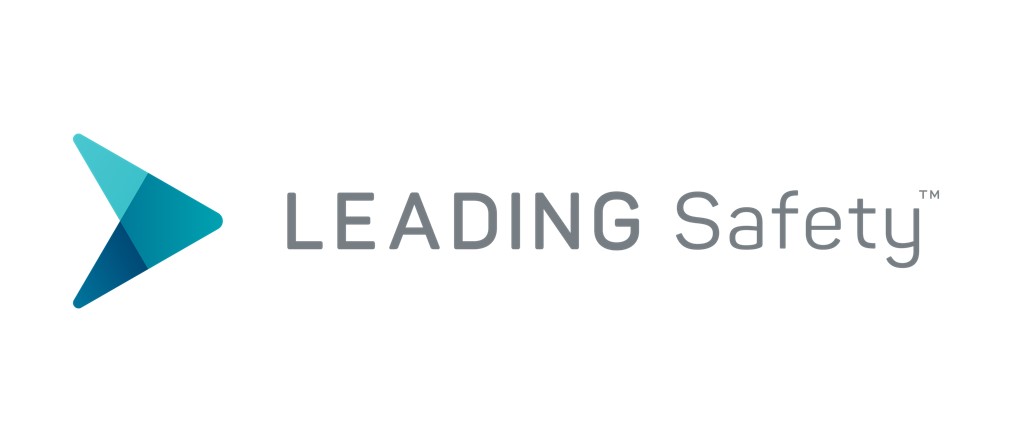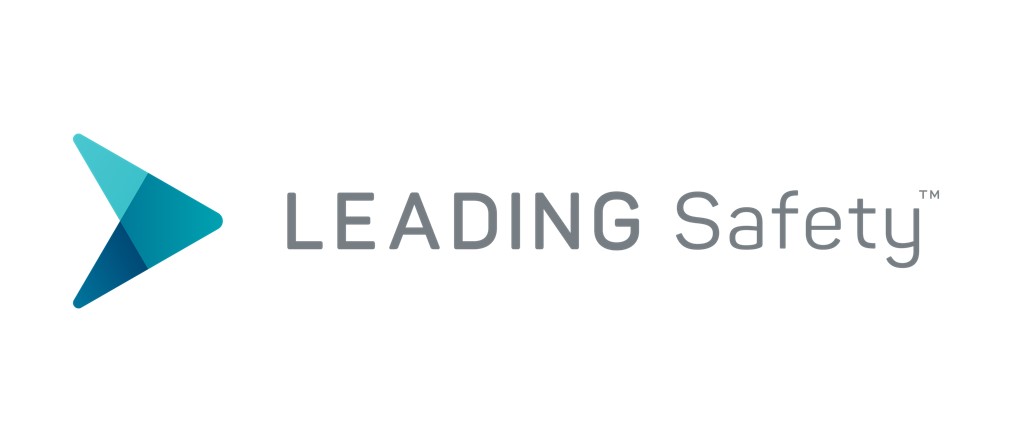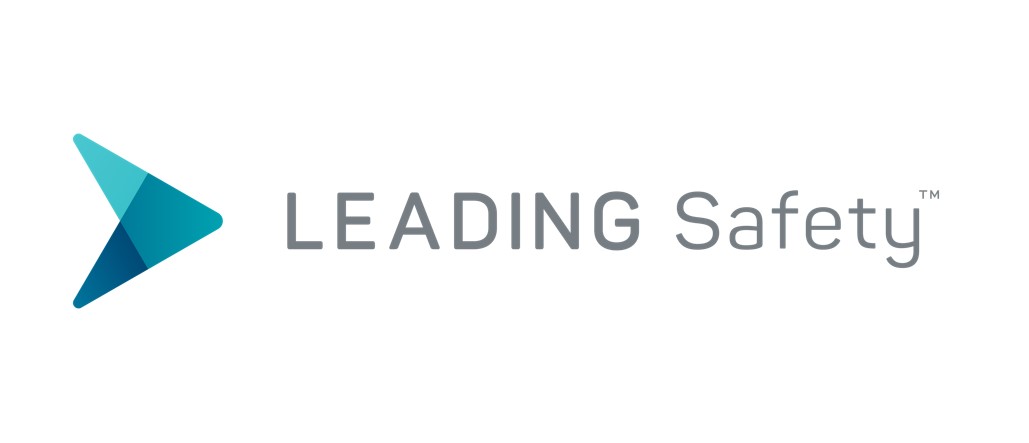Title Page
-
Site conducted
-
Conducted on
-
Manager completing risk focus verification
-
Manager has completed Leading Safely at Target training course
-
Verification must be led by member of management team up to date with Leading Safely at Target
Team members supporting manager
-
Add name of team member
Risk methodology
-
For each Hazard the following process has been applied to identify hazard, outline risk value and outline existing controls for verification.<br><br>Step 1. Identify Hazard and outline detail.<br>e.g. Risk of collapse of structure, crushing customer on sales floor.<br>e.g. Risk of laceration to customer / team member due to sharp edges of structure.<br><br>Step 2. Assign Risk Level based upon Risk Value with controls in place.<br>Severity – What is the most likely consequence/outcome that would result from the hazard?<br>Likelihood – What is the chance of an incident occurring and the chosen severity, being the outcome?<br><br>Step 3. Outline existing controls in place or already instigated <br>e.g. Redesign: Structure has been engineering and tested to hold minimum 250kg.<br>e.g. Elimination: Edges have been bevelled to eliminate sharp edges on unit.
-
Severity & Likelihood Table
-
Risk Table
-
Risk control table
Carton Cutter - Retractable (RA 047) / Shrink Wrap Cutter (RA 049)
Safety Knives & Shrink Wrap Cutter
-
Confirm all controls listed are in place. If control not in place, generate "Action" and close out
Step / Topic - Manual Handling
Hazard (including outcome): Awkward postures and prolonged use of muscles causing back and shoulder muscle strains: Low - 3D
-
Site - Work surface height is appropriate for task (indicatively so that upper arm can hand loosely and forearm is horizontal, but use lower levels when force needs to be applied).
-
Site - Work surface height is appropriate for the task (indicatively so that upper arm can hand loosely and forearm is horizontal, but lower levels when force needs to be applied). Bench height should be around 90cm for tasks performed while standing. Tables are available to work at correct height.
Step / Topic - Equipment
Hazard (including outcome): Maintenance & Blade Replacement: Low - 4C
-
National - Only nationally approved safety knives and blades are available for site order (Blackwoods). Safety knife design has retractable mechanism, can be used for left or right handed team members and is appropriate for work environment.
-
Safety knife
-
Site: Only approved safety knives and blades are in use.
-
Site: Team always check that the equipment is in a safe operational condition prior to use. If equipment is faulty, always tag it out of service and report it to the Line Manager so that repair or replacement can be arranged. Never use faulty equipment.
-
Site: Team members follow Equipment Safety Video when changing blades.
-
Site: Team always dispose of Carton Cutter blades safely by wrapping them in paper or cardboard or appropriate sharps container.
-
Site: Blades are available to team members to prevent using blunt blades.
Step / Topic - Use (cutting cartons with Carton Cutter)
Hazard (including outcome): Thumb Strain / Sore Wrist from extended knife use: Low - 4C
-
Site - Team members avoid continual cutting for extended periods (for example 1 hour). Team rotate through different tasks as necessary.
Hazard (including outcome): Lacerations from carton cutter blade: Low - 4C
-
Site - Safety knives used in the least crowded area to avoid being knocked. Team keep their hand and body away from cutting direction. Cutting is undertaken on a stable surface.
-
Site - Safety knife is not used to cut cable ties, strapping etc. Only diagonal cutter is used for this purpose and is available for use.
Step / Topic - Storing knives and cutters whilst not in use
Hazard (including outcome): Lacerations from carton cutters not stored properly (e.g. in pockets, on benches): Low - 4C
-
Site - Team wear stock handling gloves with using safety knives to open cartons and process stock.
-
Site - Each team member has access to their own pair of stock handling gloves and use them for ALL cutting tasks.
-
Glove use
Step / Topic - Tape / Shrink Wrap Cutter
Hazard (including outcome): Exposure to cutting hazards causing lacerations: Low - 4C
-
Site - Team hold or secure plastic strapping at the top before cutting to prevent strapping flicking up and striking team member in the eye/face.
-
Site - A Tape/Shrink-wrap Cutter is designed to cut shrink-wrap on pallets and cut binding/strapping only. Alternative implements are provided for other cutting requirements.
Sign off
-
Manager sign off who is completing risk focus verification
-
Team member involved with consultation
Any other team member sign off involved with consultation
-
Team member involved with consultation
Breaking Down Pallets & Receiving Loose Loads (RA 300)
Breaking Down Pallets & Receiving Loose Loads
-
Confirm all controls listed are in place. If control not in place, generate "Action" and close out
Step / Topic - Working in trafficked areas
Hazard (including outcome): Risk of mobile plant and pedestrian collision causing shearing/crushing injuries to people or damage to stationary objects or structures: Medium - 2C
-
Site - Processing area set up correctly with required equipment available (e.g. Z racks, cages, bins). Area set up to maximise stock flow and productivity.
-
Site - Processing area sufficiently segregated from dock area or where mobile equipment is being used.
Step / Topic - Manual Handling of Pallets
Hazard (including outcome): Lower back, neck and shoulder muscle strains from handling pallets: Medium - 3C
-
Site - Team use a team lift to move pallets. They use team members of similar height and ensure clear communication, correct manual handling techniques and teamwork is used.
-
Site: Team move pallets with mobile equipment (e.g. pallet jack, walkie stacker) whenever possible.
Step / Topic - Loading and Unloading Pallets
Hazard (including outcome): Musculoskeletal injuries due to the effort in loading and unloading pallets. Risk Rating with site controls in place: Medium - 3C
-
National - National DC pallet standards is place for safe loading composition of pallets to store.
-
Site - Heavy and bulky stock should be stored on the bottom of mixed load pallets (unless bulky stock is fragile/not suitable). Avoid standing on pallets.
-
Site - If a pallet is damaged or unstable, for example splintered, nails protruding or loose boards, team members always tag it "Out of Service". Team members do not stack damaged pallets with unbroken pallets.
Step / Topic - Storing Empty Pallets
Hazard (including outcome): Ignition sources in the vicinity of pallets causing fire damage if pallets are set alight: Medium - 3C
-
Site - Empty pallets are stored away from other combustibles, for example cardboard and away from public access to minimise fire risk (where possible).
Hazard (including outcome): Pallets falling from pallet stack onto bystanders or team members causing multiple and serious injuries that may include contusions and crushing type injuries: Medium - 1D
-
Site - Store empty pallets away from pedestrians or active work areas where possible. No more than 8 pallets stacked at one time. Specific area in the reserves allocated to accommodate pallet storage, (full pallets).
Hazard (including outcome): Pallets stored in traffic thoroughfares increasing chance of collision between pedestrians and mobile plant: Medium - 3C
-
Site - Stock movements are planned to minimise storing of empty pallets in traffic thoroughfares. Where possible a designated empty pallet storage area is set up.
Step / Topic - Packed Pallets
Hazard (including outcome): Incorrectly packed pallets or unstable loads falling causing bruising, cuts and crush type injuries: Medium - 3C
-
Site - Team members provide prompt feedback (including photograph) to DC regarding any unstable or unsafe loads.
Sign off
-
Manager sign off who is completing risk focus verification
-
Team member involved with consultation
Any other team member sign off involved with consultation
-
Team member involved with consultation








